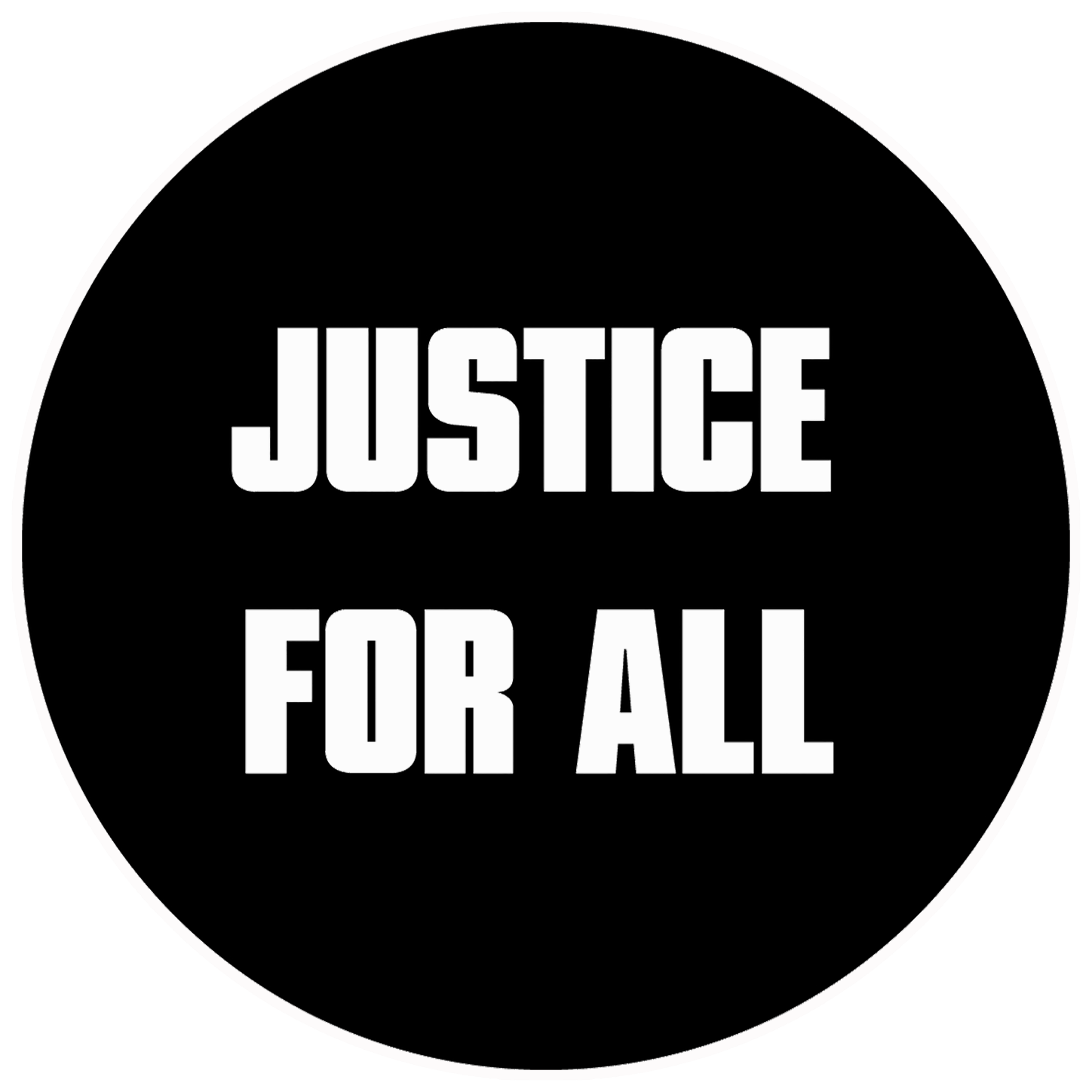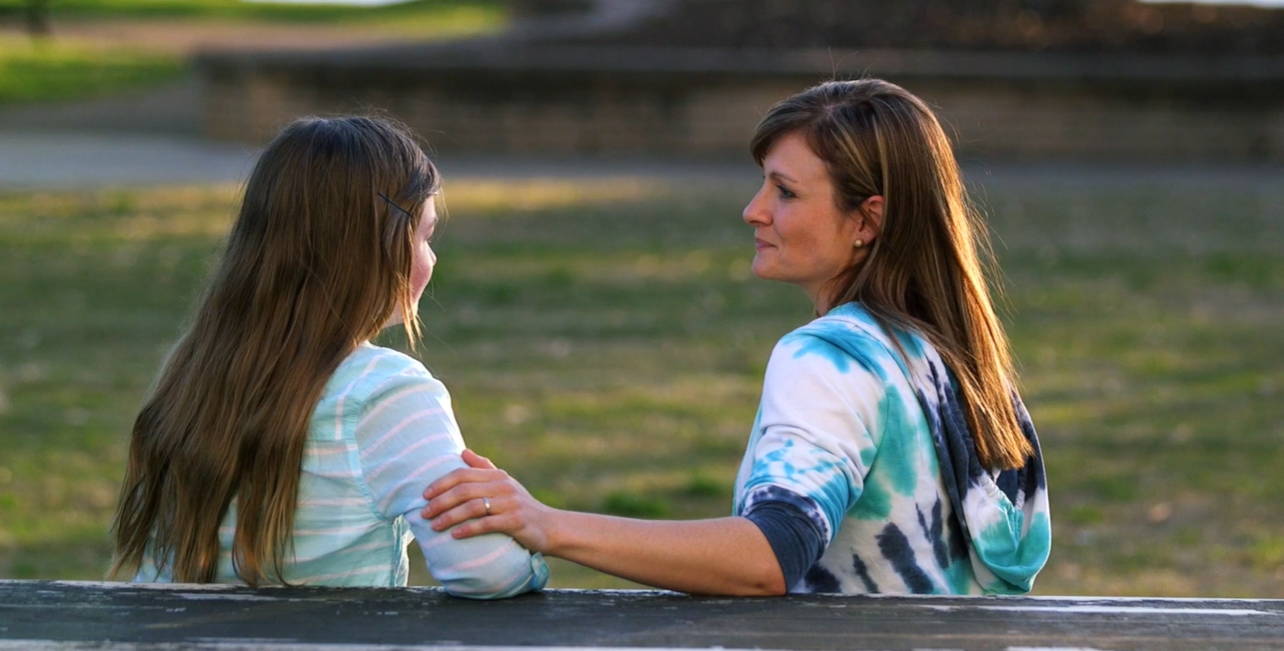Watch these contrasting closing statements in a recent debate in Mexico, first from Mara Clarke (1:55:00) followed by Stephanie Gray (1:55:38). What do you think of the statements? With which one do you identify more?
What Does a Virtuous Mother Do?
When I read my friend Stephanie Gray’s blog post, “The Greatest Love” (Nov. 18, 2019), I was struck by her behind-the-scenes look at preparing to participate in the La Ciudad de las Ideas debate which took place in Mexico in early November, reaching tens of thousands. I wanted to share the story with you.
First, I suggest watching the final few minutes of the debate (inset below). Then, read Stephanie’s post which begins below.
As you watch the debate segment and read Stephanie’s post, I encourage you to set aside for a moment the question, “How should we argue against legal abortion?” Although Stephanie is talking about a woman’s body and speaking in the context of a debate about legality, she’s not directly addressing the topic of bodily rights, per se, and her comments go deeper than legality. (For help with arguments about bodily rights and legality, see our “It’s Her Body” Series.)
Note how Stephanie’s comment in the debate appears when juxtaposed against the comments of the pro-choice panelist who speaks just prior. Stephanie cuts through the rhetoric of choice to focus the audience on the question, “What does a virtuous mother do when confronting an unintended pregnancy?” Sadly, that question is often lost or ignored. Stephanie helps recalibrate us, and her perspective might even transform the conversation. It’s worth sharing.
Without further comment from me, then, please click the video below to watch the final few minutes of the debate. (The video should begin playing at 1:55:00. If it doesn’t, move the slider to find that spot in the video or click here.)
Now that you’ve watched the video segment, read Stephanie’s post:
What would you do if, while waiting for a subway train to arrive, you noticed a seizuring man fall onto the tracks? To Wesley Autrey the answer was clear: Jump onto the tracks and help him.
And on January 2, 2007, that’s what he did. Except Autrey wasn’t just helping a man in need. He was putting himself in danger. Because as the fallen man convulsed on the tracks, the lights of an oncoming train flashed before them.
Autrey couldn’t get the man off the tracks in time. But rather than abandon him, Autrey laid on top of him, protecting the young man’s flailing body with his lanky frame. And then train cars came.…
(Keep reading the remainder of Stephanie’s blog post at the Love Unleashes Life Blog.)
More from Stephanie Gray at Love Unleashes Life
For more from Stephanie about the debate, we suggest seeing her six-minute debate highlights video and an 11-minute interview she did after the debate which gave her a chance to reflect on the debate and clarify some ideas she wasn’t able to clarify in the debate due to the format.
Not alive. Not human. Not biology?
It's nearly impossible to avoid the question of "when life begins" when talking to people about abortion. In a presentation at Google headquarters, Stephanie Gray shares questions she uses in her conversations on the subject (11:04 - 13:30). See the clip below. After watching, we suggest answering the following questions, preferably in dialogue with someone else:
"Biologically speaking, when do you think a living human organism begins to exist?"
"Do you believe it is possible for pro-choice and pro-life advocates to agree on a clear answer to this question?"
"How do you integrate the biology of when humans begin with your view on abortion, if at all?"
(You can also respond using the comments section below or using the version of this post at our @7conversations Twitter feed.)
What is the unborn? (scientific opinions and stunning visuals)
"Equal Rights for Whom?" - Stephanie Gray at Google (video clip)
The question of women's rights and abortion many times is framed in terms of human rights. In a talk at Google headquarters, Stephanie Gray discussed the concept of human rights and what this concept means for abortion rights. During her talk, she began with a point of common ground on which many people agree: the UN Universal Declaration of Human Rights (21:07 - 24:41). After watching, we suggest answering the following questions, preferably in dialogue with someone else:
"Do you agree with the UN Declaration's approach to human rights and personhood? If you believe in human rights, on what do you think they are based - human nature or something else?"
(You can also respond using the comments section below or using the version of this post at our @7conversations Twitter feed.)
More on Stephanie Gray:
View Stephanie's full talk at Google by clicking here.
Visit www.stephaniegray.info to learn more about Stephanie and her book, Love Unleashes Life: Abortion & the Art of Communicating Truth.
An Example to Follow - Stephanie Gray's Talk at Google
[Video Starts During Q&A Portion] Stephanie Gray responds to a question from the audience during her presentation at Google headquarters.
[Full Presentation] Google's description reads: "Stephanie Gray, internationally renowned speaker and author, applies the Socratic method and storytelling to the debate surrounding abortion. She invites the audience to be 'pro-conversation' on a topic that can be one of the most divisive, and demonstrates that it is possible to be gracious and respectful when encountering different ideas."
We’re ecstatic that our friend, international pro-life speaker Stephanie Gray, has recently been featured by Talks at Google at Google's headquarters in Mountain View, California. In her talk, "Abortion: From Controversy to Civility," Stephanie modeled powerfully how sharing stories, questions, and thought experiments can transform your conversations about abortion.
This whole talk is just over an hour long and is certainly worth watching. If you'd like to start with a short segment, however, we've highlighted two minutes from the Q&A portion (53:26 - 55:26). Listen for Stephanie's great advice on starting conversations in a pro-choice environment.*
In the coming days, we will highlight a few more short segments on our blog and our @7conversations Twitter feed. However, these upcoming posts will be designed to share so that you can use them to start a conversation of your own. If you use one of the upcoming posts to create dialogue, let us know how it goes!
Visit www.stephaniegray.info to learn more about Stephanie and her book, Love Unleashes Life: Abortion & the Art of Communicating Truth.
*Note: Also included in this video clip is a response to the question of abortion in the case of rape. Stephanie does a great job of compassionately and clearly addressing this topic in the short time format. In personal conversations about abortion and the question of rape, you'll usually have a bit more time. For additional suggestions on ways to approach this, see JFA's Abortion: From Debate to Dialogue - The Interactive Guide (pages 20-22).








